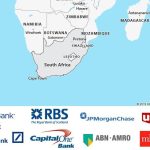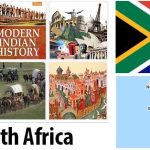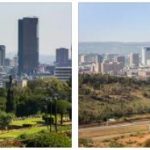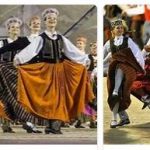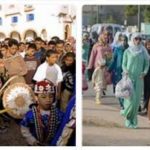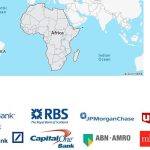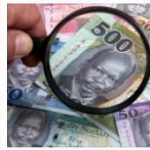Population and society
Since South Africa has been the destination of several migratory waves and conquests that have stratified over time, the composition of its population is rich and complex. According to the 2011 census data, just under 80% of the population is registered as of black African origin, 8.7% of the population is white, 9.5% is of colored origin , while the remaining 2.4% is of Indian and Asian origin in general. Among the indigenous peoples are the Nguni (which include the Zulu, Xhosa, Ndebele and Swazi), the Sotho-tswana, the tsonga, the venda and the last non-Bantu descendants known as khoi-san, originally from the Cape region; the white South African descendants of Dutch, German and French Huguenots who came to South Africa beginning in the seventeenth century, Afrikaans-speaking (Boers or Afrikaners), the English who arrived in South Africa in the nineteenth century following the imposition of the rule of the United Kingdom and immigrants from various European countries, including Greeks, Portuguese, Hungarians, Italians and many Eastern European citizens of Jewish faith. The so-called colored, a residual denomination that is equivalent to mestizo or mixed-blood, which mostly speak Afrikaans, have indeed mixed origins, dating back to Asian or African imported with a status of semi-slavery, to the khoi-san and to the descendants of the unions between Boers and indigenous women. The Indians, partly Hindus and partly Muslims, were brought from the United Kingdom and mostly reside in Zwa Zulu-Natal. Before devoting himself to the struggle for the emancipation of India, Gandhi worked for a long time in South Africa in defense of the rights of the Indians, bequeathing the practices of non-violence. The Chinese community is on the rise. In recent years, the immigration of refugees and asylum seekers from Zimbabwe, Somalia, Congo, Angola, Mozambique, Burundi, Rwanda and Ethiopia has intensified. apartheid has generated emigration flows from the country – to Australia, New Zealand, the United States, Canada or Europe – of whites, driven by fears of growing crime and possible government measures to reduce their privileges. The white population declined by 150,000 between 1996 and 2001, and then increased by 300,000 over the next ten years.
Freedom and rights
Although the Constitution guarantees a wide spectrum of individual civil rights, including the right to non-discrimination on the basis of sexual orientation, a situation of profound inequality remains, in which the white minority enjoys economic resources, opportunities and de facto rights denied to the majority. part of the black population, which continues to have little access to management positions, economic capital and quality education – a report on the inequality of opportunities from the World Bank highlighted how, even in 2012, the situation has not substantially changed and how children belonging to the black majority have far fewer opportunities to finish school and live in a healthy environment. Unemployment is at 25, 5% and the percentage of black employed is at least ten points lower than the other groups. The country ranks 118 out of 187 for the Human Development Index, with an average life span of only 52 years. Officially 90% of the population has access to drinking water and electricity, a positive record attributable to the commitment of post- apartheid governments, but in fact there are still many informal settlements not included in the national census, which do not have any basic services. Various development programs are dedicated to building social housing, with waiting lists that can last for several years and fail to cover real needs. The peculiar structure of the cities during the long period of apartheid makes the redevelopment of townships, the organization of roads and transport and the equitable distribution of public services extremely complicated.
Thanks to the efforts of the Zuma government, forced to redress the controversial Mbeki policy (which according to a Harvard University study caused 330,000 deaths between 2000 and 2005), the HIV prevalence rate has dropped to 17., 9% (with 56% of infections concerning women), remaining however the fourth in the world. Today 66% of HIV-positive people have access to antiretroviral treatment and the prevalence of the virus is decreasing in young people between the ages of 15 and 29 (from 13% in 2008 to 8% in 2011), a sign that awareness campaigns and therapies are proving effective.
In recent years, some legislative proposals, never reached parliament, which would limit the freedom of reporting of the Sabc (South African Broadcasting Corporation, still independent from the government), have raised fears of restrictions on civil liberties. The New Secrecy Bill, which conditions access to information considered sensitive and establishes severe penalties for those who find themselves in possession of confidential information, is having a controversial parliamentary process.
The vitality of civil society and the associative experiences matured during the apartheid years makes public opinion particularly vigilant and active with respect to the protection of rights. For South Africa democracy and rights, please check getzipcodes.org.


